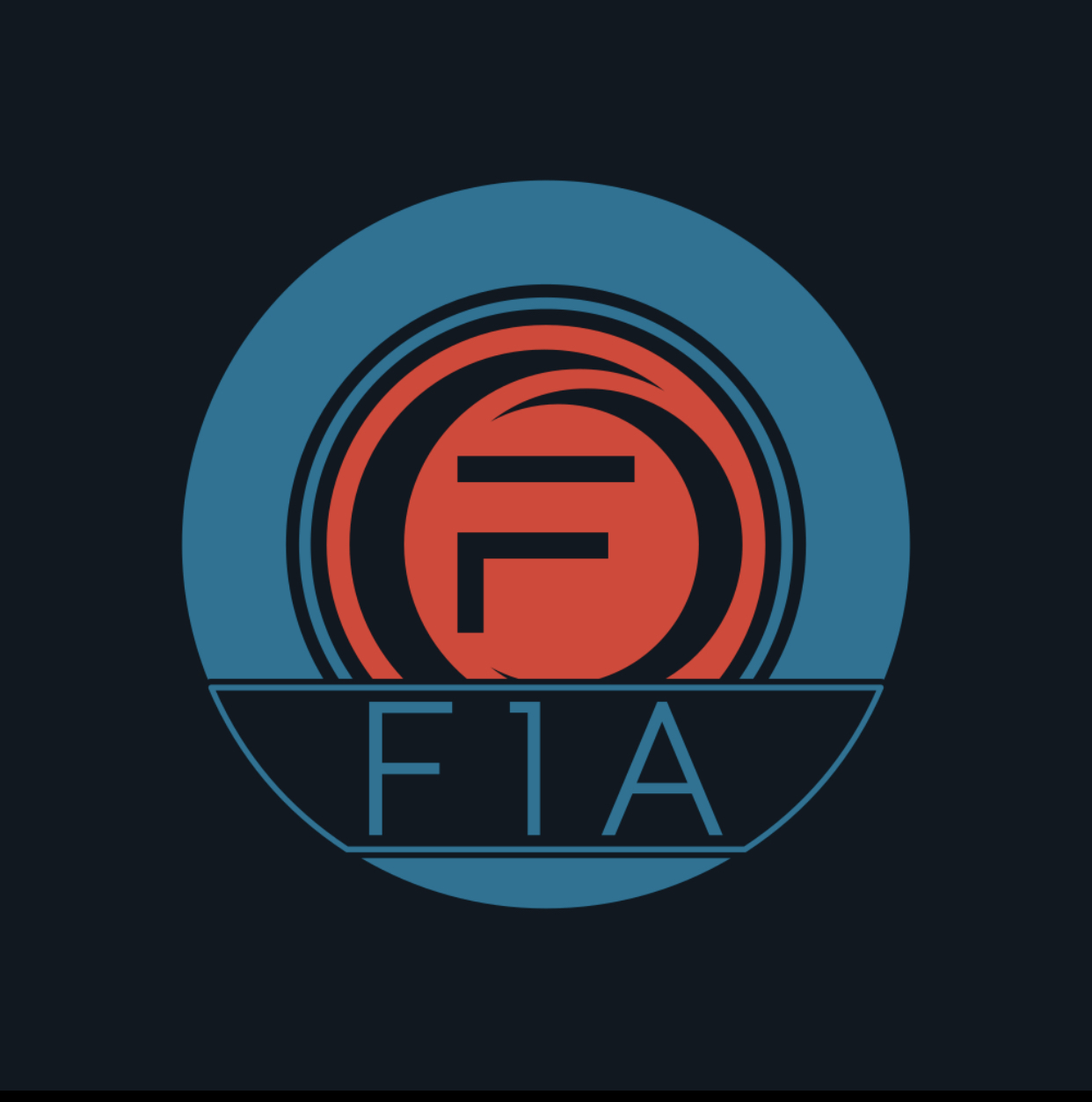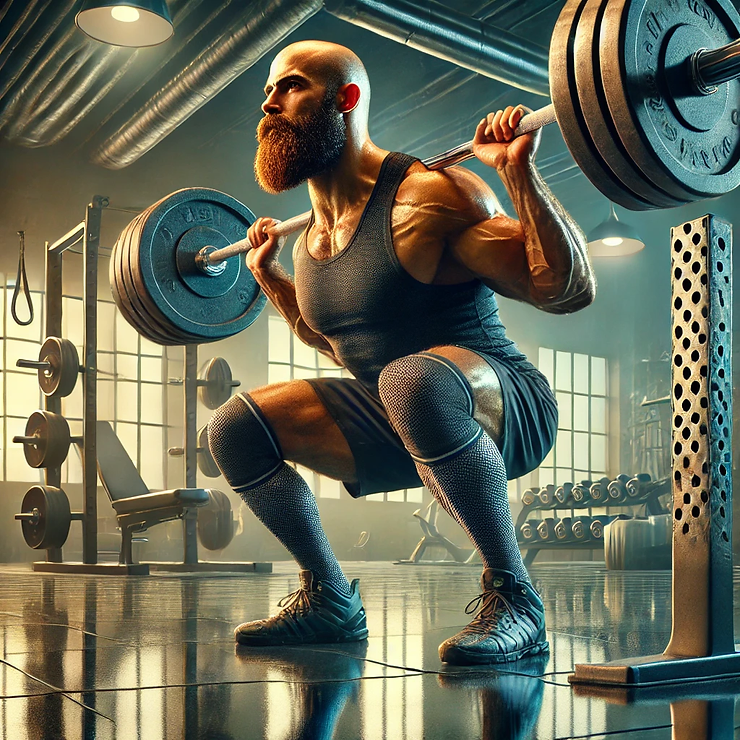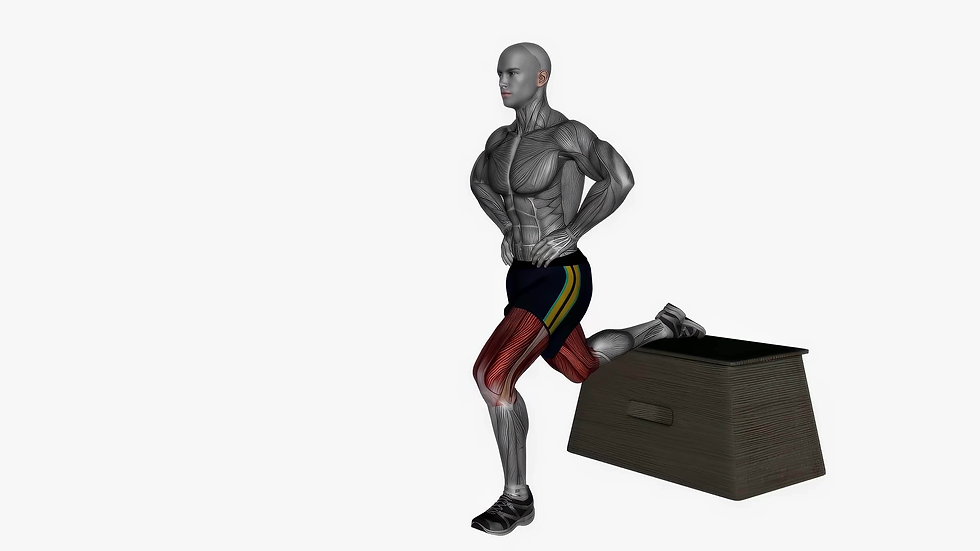The Ultimate Guide to Building Strong Quadriceps
- FitnessFirstAcademy

- Feb 16
- 4 min read

Developing strong quadriceps is essential for lower-body strength, athletic performance, and overall mobility. A well-balanced approach that includes compound movements, unilateral exercises, and isolation work will help maximize quad growth.
Below, we break down the best exercises for building powerful quads, along with scientific evidence supporting their effectiveness.
1. Barbell Squats: The King of Quad Exercises

Why It Works:
Barbell squats are one of the most effective exercises for quadriceps development. They engage not only the quads but also the glutes, hamstrings, and core for total lower-body strength.
Scientific Evidence:
Studies show that squats activate the quadriceps more than leg presses and lunges, making them a superior choice for muscle growth.
How to Perform a Barbell Squat:
1. Position the barbell at shoulder height on a squat rack.
2. Stand with feet shoulder-width apart, toes slightly outward.
3. Lower yourself by bending at the hips and knees, keeping your back straight.
4. Descend until your thighs are parallel to the floor, then push through your heels to stand up.
Benefits:
✔️Maximal Quad Activation- Scientifically proven to engage the quads more than most exercises.
✔️ Improves Functional Strength- Essential for sports and daily activities.
✔️ Easy to Progress- Can increase weight over time for continuous growth.
2. Bulgarian Split Squats: Fix Muscle Imbalances

This single-leg squat variation places one foot behind you on an elevated surface while performing a deep squat with the other leg.
Scientific Evidence:
Research suggests that unilateral (single-leg) exercises activate stabilizer muscles more than traditional squats, making Bulgarian split squats ideal for correcting muscle imbalances.
Benefits:
✔️ Fixes Strength Imbalances- Works each leg independently.
✔️ Enhances Stability-Improves balance and reduces injury risk.
✔️Increases Flexibility- Promotes better range of motion in the hips.
3. Barbell & Dumbbell Lunges: Build Athletic Power

Lunges are a dynamic, full-body movement that mimics athletic motions while working the quads, hamstrings, and glutes.
Scientific Evidence:
While lunges don’t activate the quads as much as squats, they still provide solid engagement and functional strength.
Benefits:
✔️ Boosts Functional Strength- Helps improve real-life movement patterns.
✔️ Increases Hip Flexibility- Aids in mobility and injury prevention.
✔️ Versatile- Can be done with barbells, dumbbells, or bodyweight.
4. Leg Extensions: Isolate the Quads

Leg extensions specifically target the quadriceps, making them great for muscle definition and hypertrophy.
Scientific Evidence:
Studies confirm that leg extensions result in high quadriceps activation but don't have as much functional carryover to sports or daily activities.
Benefits:
✔️ Direct Quad Focus- No other muscles assist in the movement.
✔️High Time Under Tension- Helps maximize muscle growth.
5. Leg Press Machine: Good for Beginners, But Not a Long-Term Solution

The leg press is useful for beginners learning lower-body training, but it shouldn’t replace squats.
Scientific Evidence:
Biomechanical studies show that squats activate the quads and core better than the leg press, leading to better athletic performance.
Why You Should Transition Away:
⚠️ No Stability Training -Does not engage core or stabilizer muscles.
⚠️ Encourages Ego Lifting-Can lead to poor form with excessive weight.
⚠️ Limited Functional Carryover-Squats and lunges are better for real-life strength.
Pro Tips:
Use the leg press as a stepping stone before progressing to squats.
For better quad activation, place feet lower on the platform.
Conclusion: The Best Quad Routine
To maximize quadriceps growth, prioritize:
✅ Barbell Squats for overall strength.
✅ Bulgarian Split Squats to fix imbalances.
✅ Lunges for athletic power.
✅ Leg Extensions as a finishing move.
✅ Leg Press only as an accessory, not a main movement.
Key to Success: Focus on progressive overload, proper form, and varied rep ranges to get the best results!
References
1. Caterisano, A., Moss, R. F., Pellinger, T. K., Woodruff, K., Lewis, V. C., Booth, W., & Khadra, T. (2002). The effect of back squat depth on the EMG activity of 4 superficial hip and thigh muscles. Journal of Strength and Conditioning Research, 16(3), 428-432.
2. Escamilla, R. F., Fleisig, G. S., Zheng, N., Barrentine, S. W., Wilk, K. E., & Andrews, J. R. (2001). Effects of technique variations on knee biomechanics during the squat and leg press. Medicine and Science in Sports and Exercise, 33(9), 1552-1566.
3. Haff, G. G., Jackson, J. R., Kawamori, N., Carlock, J. M., Hartman, M. J., Kilgore, J. L., & Stone, M. H. (2008). Force-time curve characteristics and hormonal alterations during an eleven-week training period in elite women weightlifters. Journal of Strength and Conditioning Research, 22(2), 433-446.
4. Maudrich, T., Benassi, L., de Hevia, J. S., Rigoni, M., & Vergallito, A. (2022). Cerebellar transcranial direct current stimulation enhances maximum isometric force production during isometric barbell squats. Scientific Reports, 12(1), 20587. https://doi.org/10.1038/s41598-022-25673-8
5. McCurdy, K., Walker, J., Yuen, D., Glahn, C., & Reiff, S. (2010). Comparison of lower extremity EMG between the two-leg squat and modified single-leg squat in female athletes. Journal of Strength and Conditioning Research, 24(10), 2853-2860.

About the Author
Alexander Morrow is a NASM Certified Personal Trainer, ACE Certified Personal Trainer, ACE Certified Group Fitness Instructor, NCSF Certified Strength & Conditioning Coach & ACE Fitness Nutrition Specialist with a passion for helping people reach their fitness goals. With a focus on strength training and functional movement, he believe in building a strong, capable body from the inside out. Connect with @FitnessFirstAcademyF1A on Instagram or visit www.FitnessFirstAcademy.com/blog for more training tips and inspiration.
Get Ready to Feel Strong and Powerful!



Comments